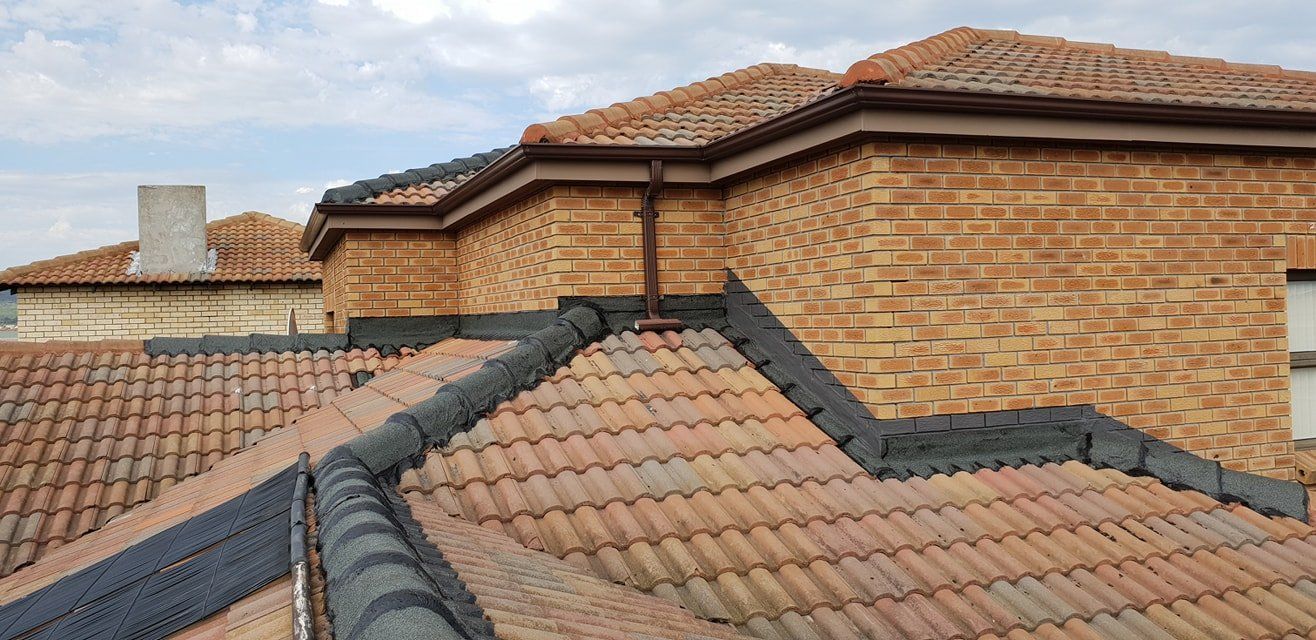Home Waterproofing Levittown, PA

Home Waterproofing Materials - Why We Need Them
Waterproofing is basically the process of preventing an object from being affected by water, either permeating water to the surface or resisting the entry of water into the structure under specified circumstances. These objects can be utilized either on dry or wet surfaces for different reasons. On a dry surface, they are used as barriers against the entry of moisture. On a wet surface, they act as insulators for sound, keeping sounds from penetrating the structure and thus preventing unnecessary structural disturbances.
Home Waterproofing can be done in many ways but there are two main methods that are used to stop moisture from penetrating the surface. The first one is with the help of primary coatings, the other with the help of secondary coatings. Both these methods are effective to a certain extent. They prevent the development of cracks in the surface, thereby increasing the durability of the structures. Waterproofing does not only prevent cracking but also increases resistance to pressure and vibrations.
What are the most common forms of Home Waterproofing?
The most common forms of basement waterproofing are based on either polyurethane or a solid polymer. The most common form of polymer used in liquid waterproofing systems is polyurethane. This is produced through a fermentation process known as transesterification. Some other common types of polymer used for liquid waterproofing are epoxy, urethane, and the new fluid membrane systems such as the polyisocyanurate-based liquid membrane systems.
These systems are widely used in residential as well as commercial applications for both the above applications. There are many uses of a liquid membrane in residential buildings such as decks, patios, walkways, pools, driveways, stairs, balconies, and porches. The most important benefit of using these systems is that they offer several advantages like protection from sun, noise, mildew, and moisture. They have the ability to maintain the original condition of the building and yet provide the means for easy waterproofing.

Contact Us
What are the Basic Materials?
The basic types of materials used for this purpose include concrete, cementitious waterproofing membrane, rubber, and thermoplastic materials. Cementitious waterproofing membranes come in two forms such as liquid and paste. These membranes are applied to wet areas such as porches, walkways, decks, and basements. The paste forms of this material allow for easy application, sturdiness, and flexibility. The drawback is that they tend to crack after some time due to expansion and contraction caused by temperature changes.
Thermoplastic membranes include thermoplastic cementitious waterproofing membrane, thermoplastic urethane, and thermoset waterproofing membranes. In both of these, a rigid primary coat is applied onto the exterior surface of the membrane. The primary coat serves as a barrier to moisture and acts as a seal. As a secondary coating, the secondary layer insulates the structure. In most cases, these systems do not require any painting, staining, or rubber cleaning because the rigid primary coat alone can effectively prevent any damage.
With all the different kinds of waterproofing materials available today, there are many more uses than just protecting homes from natural elements. Certain materials, such as rubberized asphalt and concrete, can be utilized in other projects because they have many types of uses, such as in the construction of garages, driveways, and patios. These materials are ideal for many outdoor projects because they have good durability and fire retardant. They also do not rot, decay, or develop any mold or mildew. Rubberized asphalt is used for industrial and commercial applications and is resistant to petroleum-based products and other chemicals.
Cementitious waterproofing coating is used as a barrier in both indoor and outdoor structures. This coating can effectively prevent damage caused by water entry and absorption. It is non-corrosive, therefore does not require any added protective chemicals. For added protection, this coating is applied with epoxy or a combination of acrylic and polyurethane. This coating is available in a wide range of thicknesses and can also be applied in different textures, which is ideal for aesthetic and functional purposes.
Home waterproofing is essential for preventing moisture damage and maintaining the integrity of your structure. Using materials like polyurethane, epoxy, and cementitious membranes helps protect surfaces from water penetration and can increase durability, reduce noise, and prevent structural disturbances. Common waterproofing methods include the use of primary and secondary coatings, which can be applied to surfaces such as decks, basements, and patios. These materials provide insulation, resist moisture, and offer long-lasting protection against the elements, making them crucial for both residential and commercial projects.
For expert guidance on choosing the right waterproofing materials for your home,
contact us today. Check out our
blog for more tips on protecting your property.

